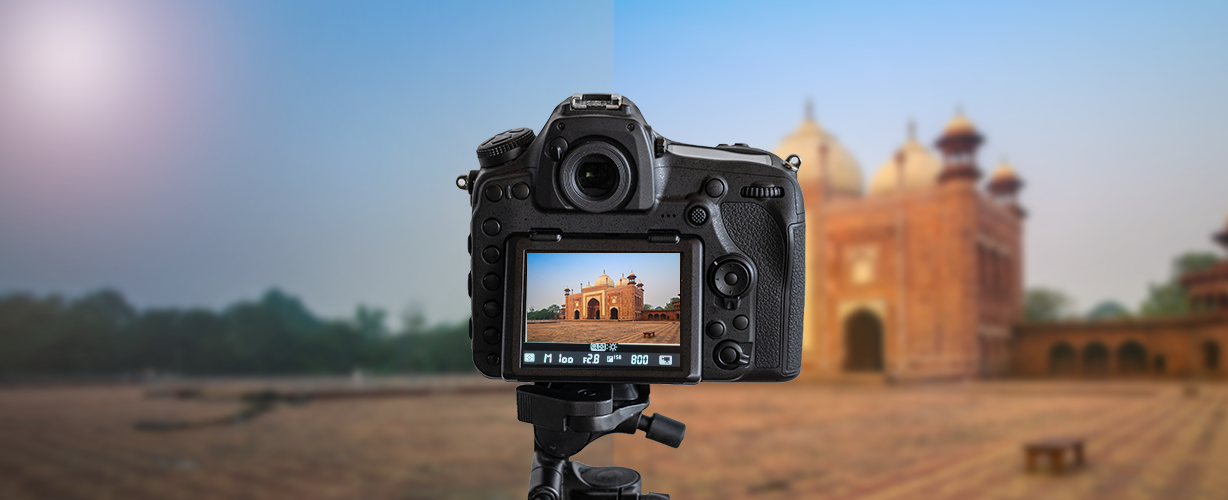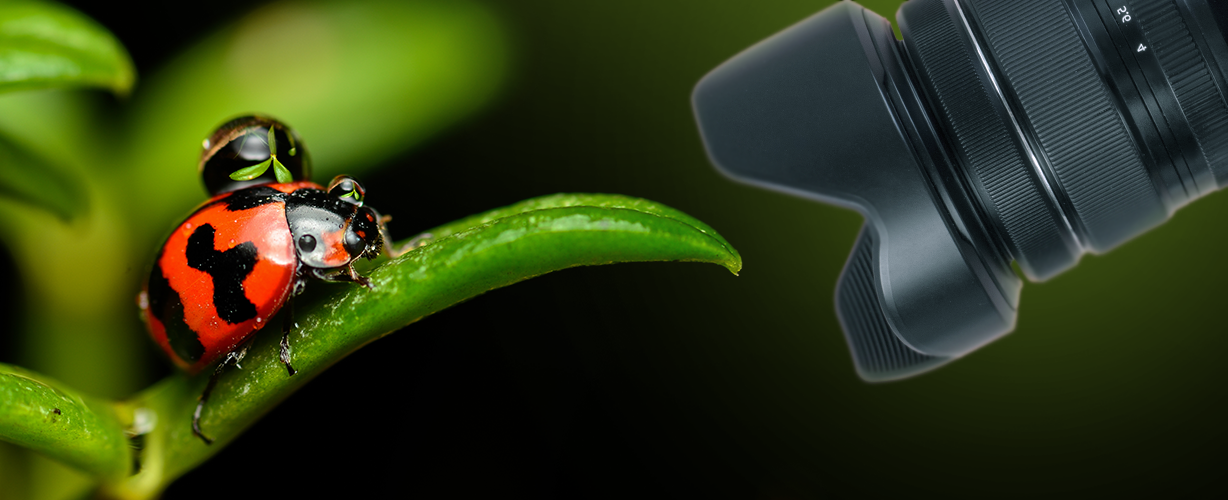Fine art photography opens the floodgates to expression and can allow photographers the freedom to explore their creative side. While the concepts are endless, there are several steps that photographers can use to take their visual arts photography skills to new heights. Fine art photographs are taken in a way that goes against the grain. Instead of aimlessly taking photos of events or important figures, fine art photography requires the photographer to communicate with their artistic side and express themselves in much more abstract ways. It can take hours to plan the right setting.
With that said, photo editing making use of Photoshop also plays a significant role in bringing out the artistic impression with fine art photography. But capturing the best photograph is still the most important step. So, this blog post is going to guide professional as well as novice fine art photographers through the entire process so that they take and present the best photos.
What Is Fine Art Photography?
Even though there is a fine line between the exact definition of fine-art photography and commercial photography, there are several distinct differences. All misunderstandings spawn from inaccurate ideas about what constitutes fine art.
The first thing to understand is that fine art photography is about finding the beauty and meaning of a shot. Commercial photography focuses on realism, but fine art photography is judged solely on artistic beauty and the underlying meaning behind it. So, it’s not about technical skills. It’s about creative prowess.
Artistic photography requires far more planning than any other form. Fine art photographs require as much detailed focus as a painting.
Common Fine Art Photography Mistakes
There are a lot of different ways that fine art photography can be approached, but before diving into the exact details, here are some common mistakes that should be avoided.

Mistake #1 More of Experiments than Required
Simple things like a grey background or a small crack of light pushing from a window can make a world of difference. So, it’s important that photographers put their creativity to practice. Self-portraits are a great way to start.
Mistake #2 Taking Photos without Any Context
Fine art photography should convey an emotional response. Without taking emotion into consideration, photos are going to come out boring. So mindlessly taking photos is not the answer. Every photo should be carefully planned.
Mistake #3 Placing the Subject in the Center Always
Technical photographs also suffer from this mistake. There’s no rule that says the subject of a photograph has to always be in the center. Use the rule of thirds to place the subject strategically, and you’ll end up with more creative photos.
Mistake #4 More of Horizontal Photographs
Vertical photos can sometimes make better use of negative space. Fine art photography takes advantage of negative space to create an emotional reaction. Just like photos that are always centered, always snapping horizontally gets boring.
Mistake #5 Focusing More on Camera Settings
While camera settings play a significant role in fine art photography, style is not entirely created through the camera itself. Setting, emotion, and atmosphere all play important roles. Don’t get so stuck in settings that you miss those factors.
Mistake #6 Not Using Motion Blur
So many photographers never experiment with motion blur, but it’s a great way to make fine art photography stand out in specific genres. Also, make sure you try combining this technique with panning. Never be afraid to experiment.
Mistake #7 Expecting Every Photograph to Turn out Perfectly
Every photo you take is not going to turn out perfectly or exactly how you imagined. Just like a painter will never have all of their paintings turn out perfectly. Art is highly subjective and has a way of turning out differently than expected.
Mistake #8 Equipment Investment
It’s quite tempting to invest hundreds of dollars in equipment. That’s not to say that having top-quality equipment isn’t beneficial, but honing your artistic skills is much more important. Challenge your skills using your current equipment first.
Mistake #9 Taking Photographs with Camera in Auto
Full camera control is the only way a photographer can snap the perfect shot, and with fine art, anything short of perfect will be unacceptable. While auto mode has a lot of useful benefits, it’s never going to create the perfect setting.
Mistake #10 Sticking to the Same Genre
Fine art photography is quite diverse, so it’s important that a photographer not get stuck in just one genre of photography. Break out and explore different genres like landscape, portrait, and exotic photography.
Tips to Capture Great Fine Art Photographs
One of the first things to understand is that fine art doesn’t always have to portray a message. Its ultimate purpose is to elicit an emotional reaction. Achieving this end result takes careful planning and deliberate action. Creativity is combined with logic and skill to create the best fine art photographs. Here are a few tips to help along the way.
Always Plan for Weather
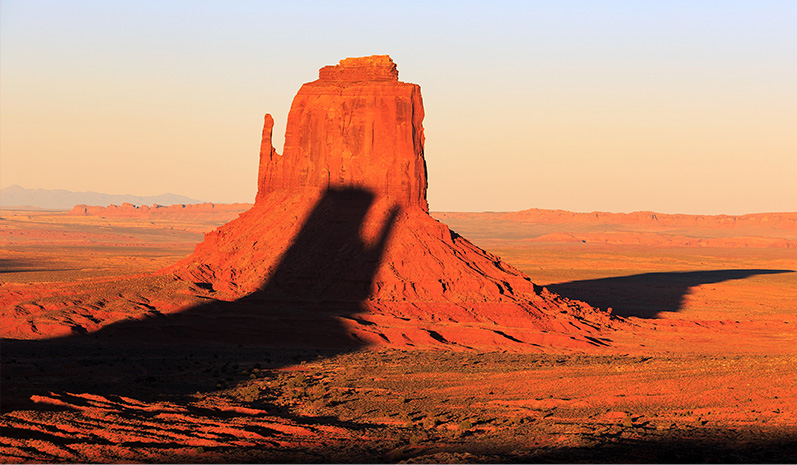
Weather plays a monumental role in fine art photography, so professionals will need to plan around it. While it’s possible to get lucky sometimes, planning for specific weather during specific shoots is the best way to capture the best photos.
Draft a Description First
Writing a description before actually shooting the project is extremely beneficial because it helps plan out the session. Once you have a description, finding a subject and setting are much easier because you’ll know exactly what to look for.
Don’t Get too Technical
Don’t get too technical when shooting fine art photographs. Be as abstract as possible, and try to use your creative side to figure out the best type of shot. In fact, make sure the description you write is creative rather than technical too.
Photograph in Colors as Well as Black and White
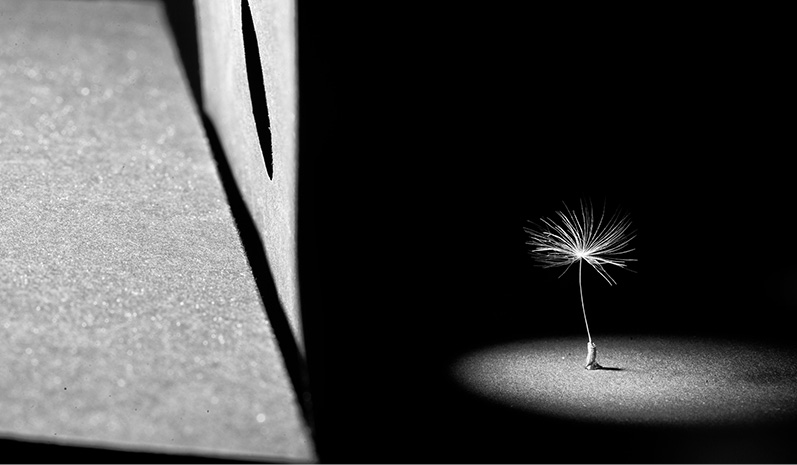
If you research fine art photography, then you’ll notice that a lot of it is in black & white. While that works in a lot of cases, don’t restrict yourself to this limitation. It’s all about finding creative ways to present a scene, and sometimes color is the best approach.
Colors Represent Moods in Fine Art
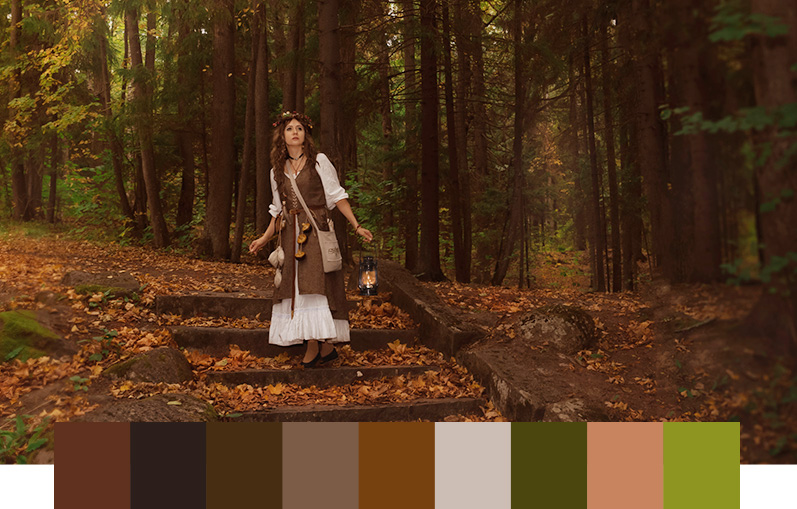
This is true in all forms of art found around the world. Colors elicit an emotional response, so they are used to cultivate certain moods with the artwork. This works the same way with fine art photography. Warm colors are motivational, while cooler colors are more calming.
Create New, Amazing Perspectives
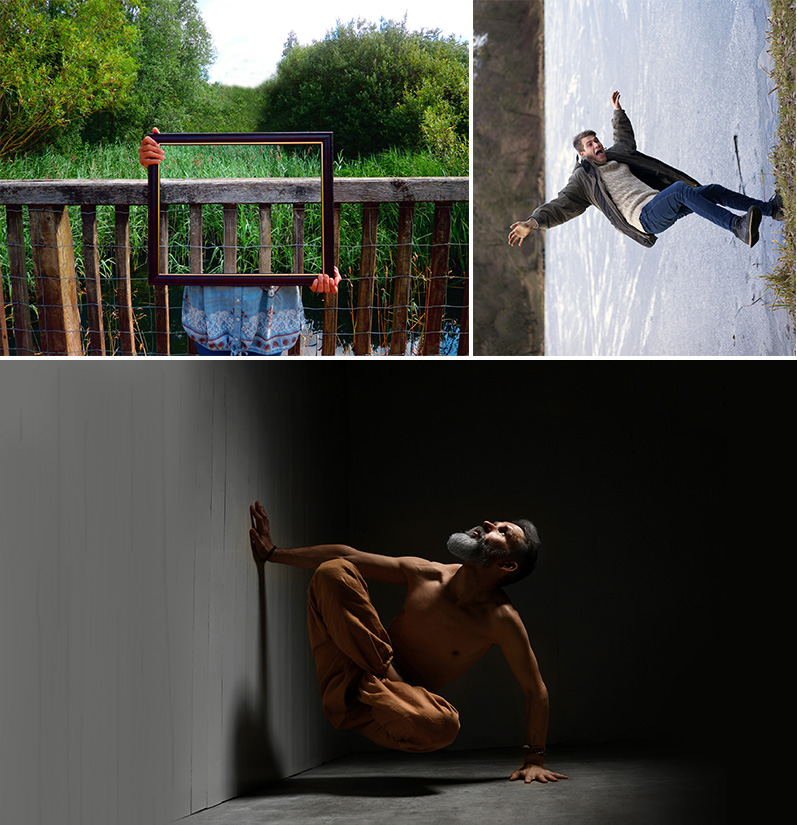
Looking at the same subject matter over an extended period of time will start to get tedious and sap away all creative energy. Getting a fresh perspective is essential for the creative mind, so don’t be afraid to take risks. Break out of the shell and explore different perspectives.
Practice Isolation Photography
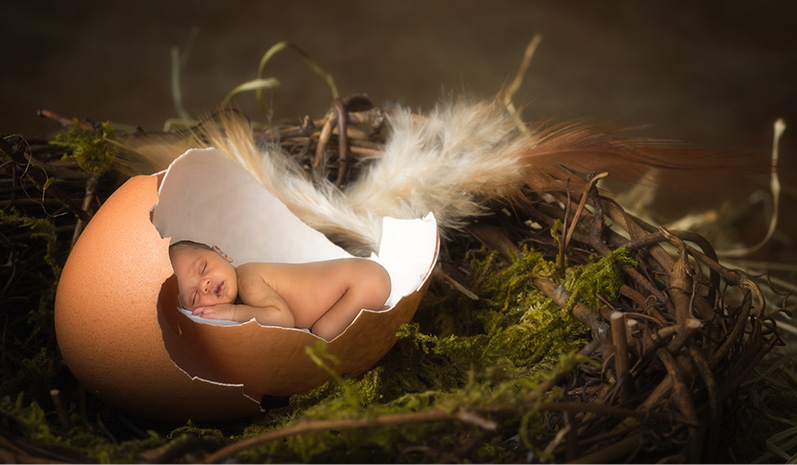
In isolation photography, separate all of the different parts of the subject and then determine what part of it elicits an emotional response. Then figure out what each element represents. This is a good practice that will improve your abilities.
Practice Choice Photography
In choice photography, essential subject elements are chosen and then highlighted in order to make them stand out. This is done through positioning, focus, depth, and stutter speed. The idea is to choose, focus, and make the subject stand out.
Seek Other Forms of Inspiration
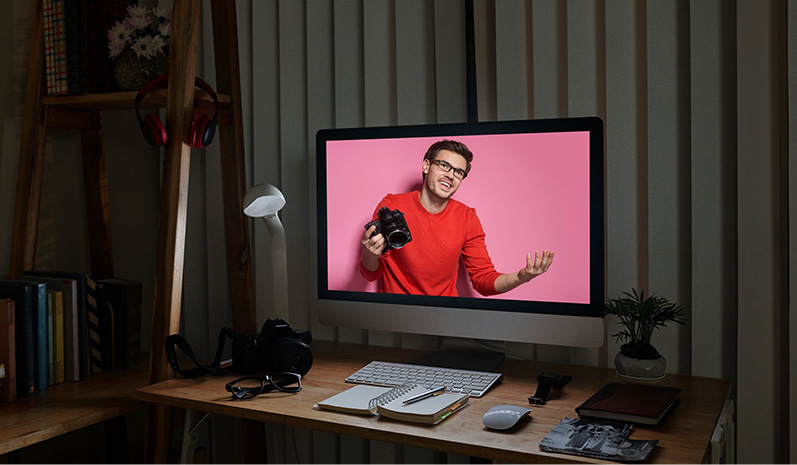
One of the biggest struggles in art is finding inspiration. This is no different from fine art photography. Fortunately, the internet makes it easy for artists to find inspiration. Look at other fine art photographs and speak with other like-minded people.
Use Props and Costumes
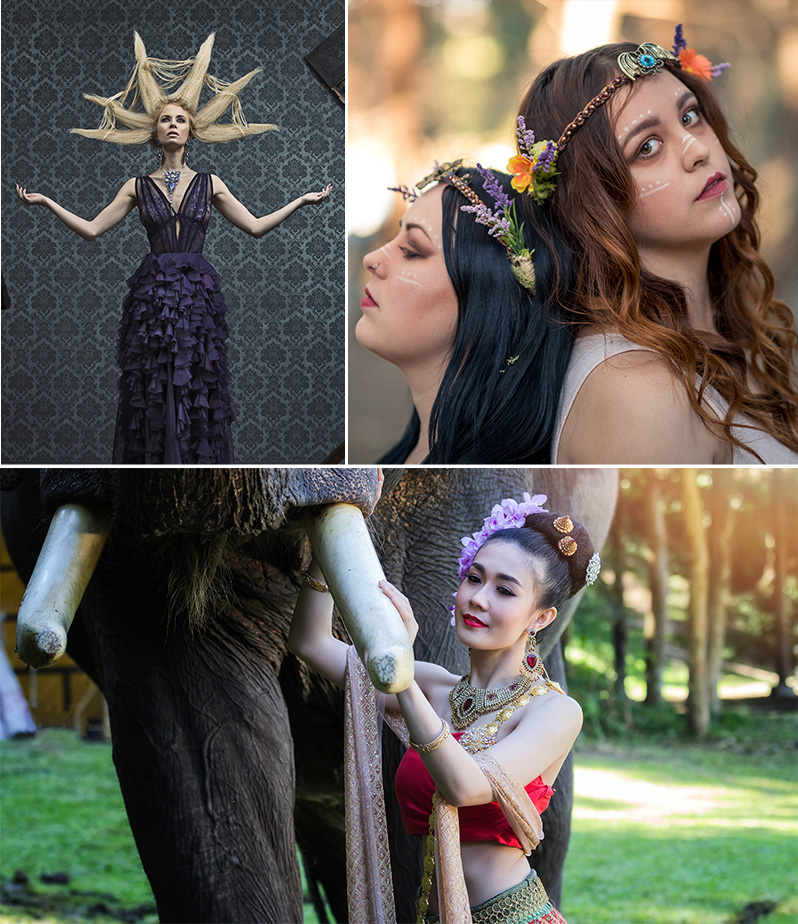
Just like with traditional photography, fine art sessions can benefit from props and costumes. This doesn’t even have to be expensive. Using cheaper fabrics and plastic props to get a more vintage look is sometimes the best method.

Photo Editing Still Plays an Important Role
Fine art photography is much more than simply taking photos. Every stage of the process plays a vital role, from planning to editing. Professional image editing companies like Smart Photo Editors (SPE) provides top-quality fine art photo editing along with photo retouching, image clipping, 360 panoramas, and many more.
While photographers have the vision for imaginative photos, professional editors will have the tools and technical skills to take those photos to a new level. SPE provides clipping, color correction, exposure adjustment, and other essential photo editing services that will improve fine art images. Contact Smart Photo Editors and give your fine art photographs the professional touch.
– Smart Photo Editors
SmartPHOTOeditors

